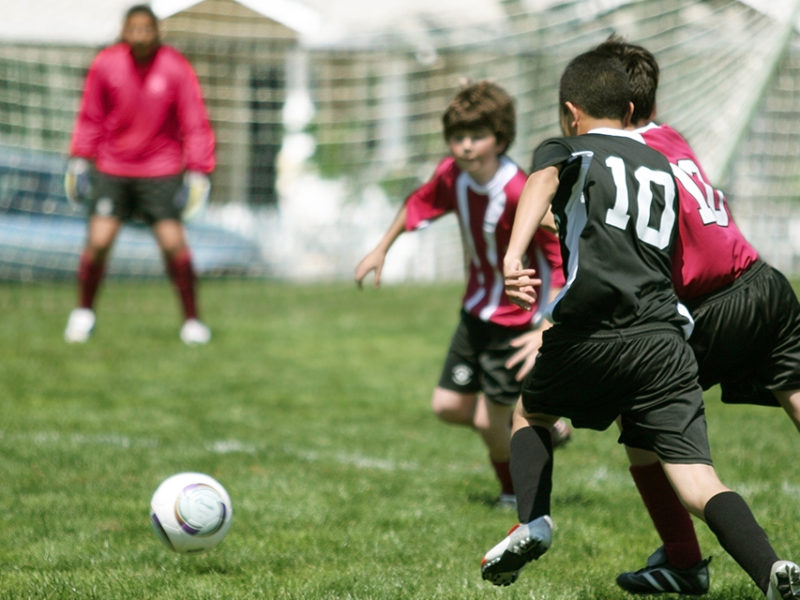Hidden Victims
Hidden Victims https://pediatricsnationwide.org/wp-content/themes/corpus/images/empty/thumbnail.jpg 150 150 Dave Ghose Dave Ghose https://secure.gravatar.com/avatar/f146b259ebc8ba9d52ea9ef823792abf?s=96&d=mm&r=g- October 23, 2015
- Dave Ghose
Pediatricians acknowledge the emerging public health challenge of child commercial sexual exploitation.
Public health officials no longer think that human trafficking is just a problem in the developing world. Increasing awareness has focused attention on the exploitation of children in the United States, showing that medical professionals can uncover problems in their own backyards.
“I think it’s always been there,” says Jordan Greenbaum, MD, medical director of the Stephanie V. Blank Center for Safe and Healthy Children at Children’s Healthcare of Atlanta. “We just haven’t been looking for it and haven’t acknowledged it.”
Last year, Dr. Greenbaum’s hospital handled approximately 70 child sex exploitation cases. About eight years ago, the number was near zero, she says. She attributes the dramatic increase to growing awareness among law enforcement, social services and the medical community in the Atlanta area. “We’re getting to know more about what’s happening,” she says.
Dr. Greenbaum co-wrote a clinical report published in March in Pediatrics that outlines how health care providers can address this public health problem. “We realized that children who are victims are seeking medical attention, so the health care provider really does play a potential role in recognizing victims and offering services,” she says.
Dr. Greenbaum says medical professionals can do a better job identifying victims who may seek care for a variety of reasons, such as sexual assault, physical injury, infection and contraceptive care. These victims may seek care in hospital emergency departments, family planning clinics, public clinics, urgent care centers and private offices.
The Pediatrics report identifies several risk factors for victimization: history of physical and/or emotional abuse and neglect, substance abuse problems, learning disabilities and gang involvement. Runaways, homeless children and gay, lesbian and transgender kids are also more likely to be victimized. “Most kids don’t see themselves as victims,” Dr. Greenbaum says. “Or even if they do, then they are afraid or ashamed to admit it, so they don’t come forward.”
What’s more, the patient may be hostile to health professionals and protective of his or her victimizer, who could be viewed as a friend or a lover. Providers will need to find a way to speak to patients alone, as the persons who brought them to the hospital or other medical setting may also be the ones exploiting them.
Mary Jo Bowman, MD, Pediatric Emergency Medicine Fellowship program director at Nationwide Children’s Hospital, says medical institutions need to increase training and education to reach more victims. “That’s part of my effort: to get that message out there and train people and make people aware so that we can identify more victims,” Dr. Bowman says.
Dr. Bowman, who’s also involved with the grass-roots anti-human trafficking organization Central Ohio Rescue and Restore Coalition, brought human trafficking expert Jeff Barrows, DO, to Nationwide Children’s to speak with emergency medicine and child abuse fellows a few years ago. In May, Dr. Barrows returned to the hospital to train nurses on how they can better identify sexual exploitation victims. “They’re not going to say, ‘I’m a victim of trafficking,’ ” Dr. Bowman says. “You have to look for the clues, and you have to be trained in the clues.”
Reference:
Greenbaum J, Crawford-Jakubiak JE; Committee on Child Abuse and Neglect. Child sex trafficking and commercial sexual exploitation: health care needs of victims.Pediatrics. 2015 Mar;135(3): 566-574.
- Post Tags:
- Emergency Medicine
- Posted In:
- In Brief





